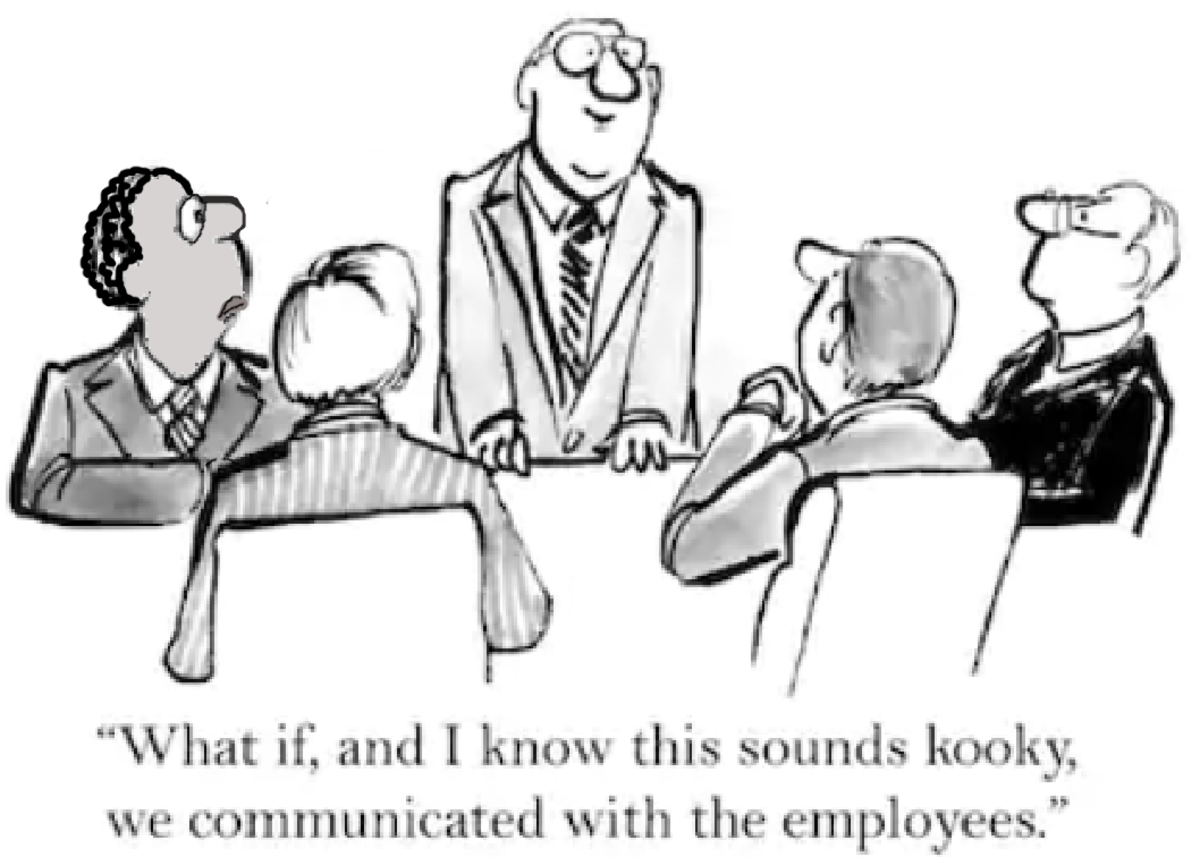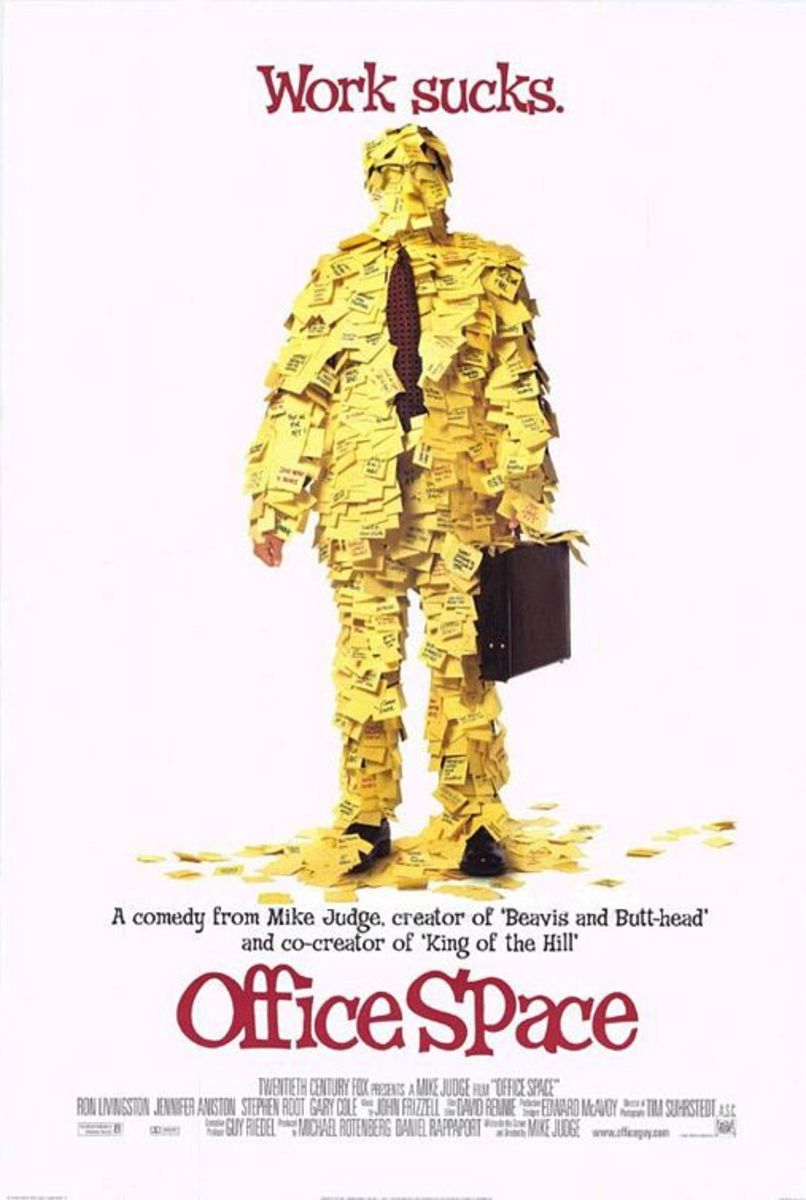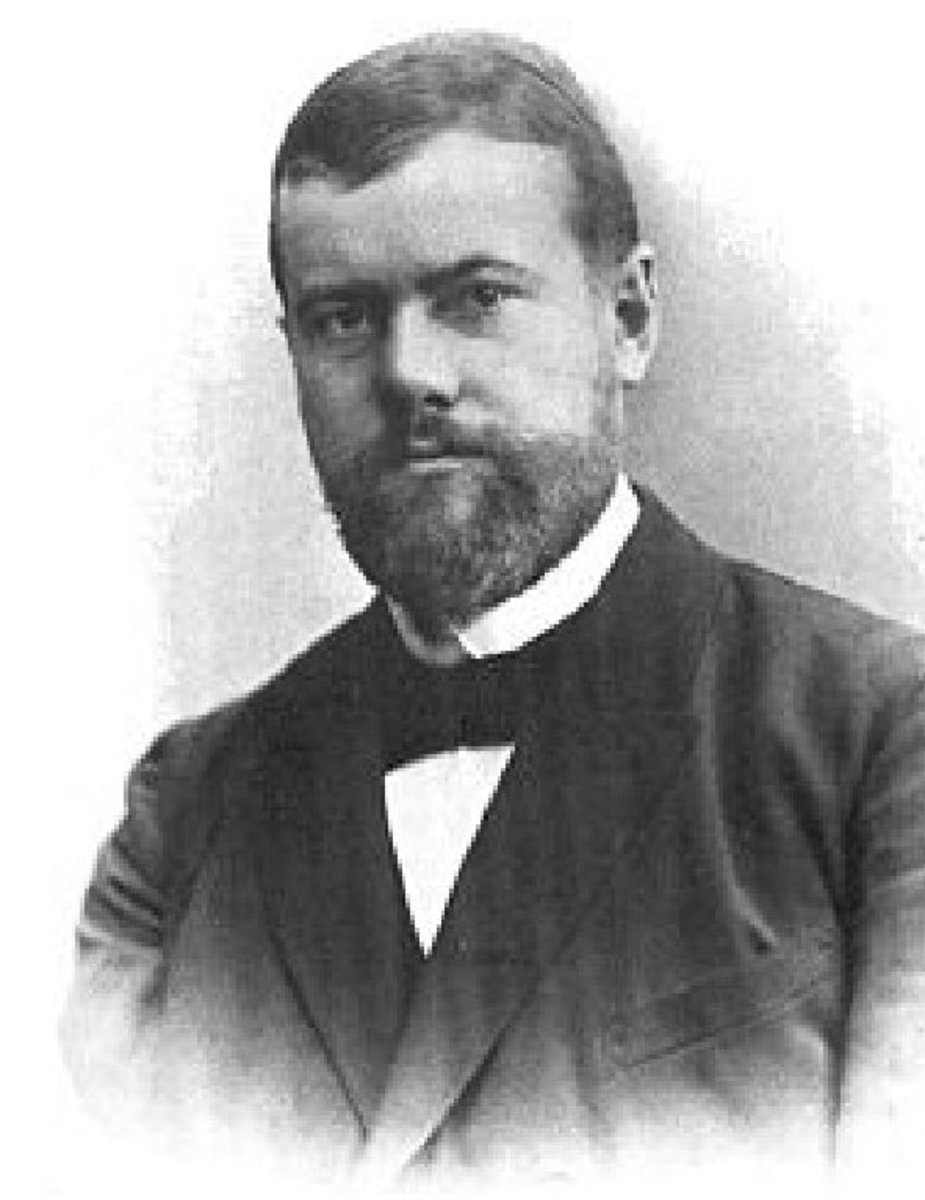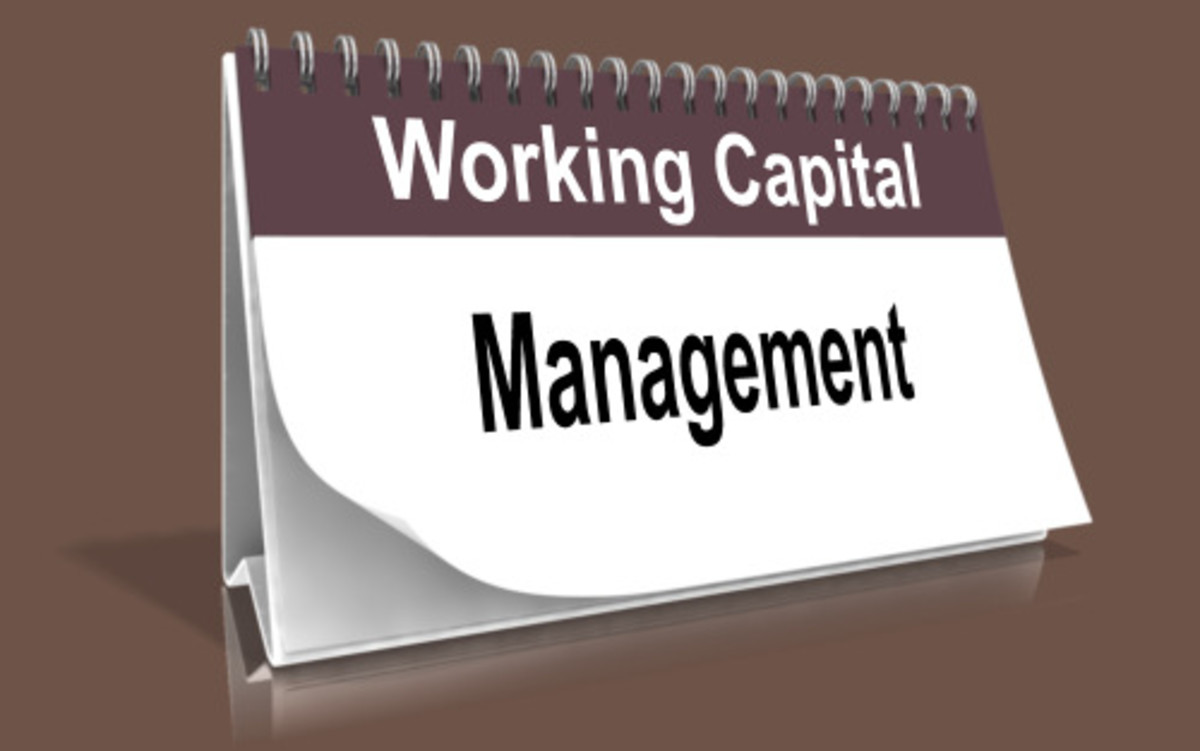Coaching for Organizational Change

The Purpose of Coaching and Mentoring Within an Organizational Context
Article 3/5 of a series on Professional Coaching.
Coaching for Organizational Change
Learning and development require a series of complex decisions relevant to employee needs, and increasingly, coaching is seen as an essential aspect of effective organisational learning strategies.
The Purpose of Coaching and Mentoring Within an Organizational Context
The business environment for most organisations is fluid, with many experiencing extensive restructuring, radical changes to work roles, and enhanced line-management responsibilities towards employees in particular.
Major factors include:
- Globalization and the need for wider knowledge of the global business practice.
- Continuing advances in technology and communications.
- Social and demographic changes and the movement of labour markets.
If we look back ten years, it is clear that these changes have dramatically impacted the role of management.
- Current expectations are that workers and managers will deliver higher levels of performance using fewer resources and people.
- All employees are expected to demonstrate more knowledge and a wider range of skills, along with self-motivation, initiative, and innovation.
- Emphasis is placed on collaborative teams that share knowledge, which means managers must act as instructors, conflict mediators, mentors, and coaches.
Job market trends have produced major issues for businesses.
- Shortages being experienced in some occupations are predicted to intensify in the coming years as the workforce ages.
- Retaining talent is becoming crucial in a competitive marketplace where higher salaries result in staff poaching.
- HR staff turnover figures have become a major indicator that informs corporate strategy.
Did you know?
- In 2012 employees in the US were 35% inclined to change jobs within that year. Those employees involved in coaching programs showed a reduced 16% desire to leave their company.
- A 2005 study by Accenture found that over 40% of organisations have no formal processes for passing on the knowledge of retiring employees.
Roles for Line Managers have changed and now include responsibilities that used to be undertaken by HR.
A study by CCH Australia, the Australian Human Resources Institute, and Melbourne University (Kulik and Bainbridge, 2005) discovered over 70% of respondents reported that the people management responsibilities of line managers had increased over the last five years.
The study found that line managers (rather than HR) had primary responsibility for the following:
- promotions,
- coaching,
- performance management,
- employee disciplinary action,
- termination decisions,
- career development,
- recruitment and selection
- knowledge transfer
Many line managers stated they were uncomfortable with many of these responsibilities, having been originally hired for technical or job-specific proficiency.
Learning and Development studies show a dramatic improvement when coaching is combined with training. In 2000, a study published by the International Personnel Management Association compared outcomes of training against outcomes obtained when training was combined with coaching.
The productivity gains for training alone were 22%, but when coaching was used as well, the gains were 88%.
Teaching and training alone seldom achieve employee competence. Training must be followed by practice, coaching, and support back in the workplace. New skills quickly atrophy if this does not occur, and competence is never achieved.
People must be coached through constructive performance feedback sessions on a one-to-one level with their line manager.
Coaching qualifications provide vital skills and the toolkit that today’s managers need in order to effectively gain the best performance from staff.
Portfolio – get your coachee to discuss...
Discuss/Write/Reflect
- How does coaching operate in their organisation? Is there a formal structure? Do some employees receive it and others don’t?
- How do they think their company would benefit from coaching processes? What are the job market trends affecting the business?
- What people management responsibilities are they uncomfortable/comfortable with managing (or being the recipient of), and why?
Coaching in the Workplace
In society, the term ‘coaching’ has many meanings. Coaching can refer to programs of sports development or skills coaching for personal growth and development, such as job search skills.
Executive coaching is another manifestation, where senior executives are assigned a person who can clarify and guide their strengths, weaknesses, and goals.
Coaching in the workplace provides an impartial and insightful means of support designed to assist the career pathway within an organization for an individual.
Organizations often begin their involvement in coaching with executive coaching. Where the outcomes are positive, the organization may then decide to extend coaching further down through the management ranks. In most cases, external coaches are engaged for these purposes, and the impact on both individuals and companies can be profound. For example, a study by Manchester Consulting (McGovern et al., 2001) found that 77% of executives reported improved working relationships as a result of coaching.
Workplace Coaching
Line managers who are trained to deliver “workplace coaching,”; defined as the coaching of employees by their managers, with the purpose of improving the worker’s capability and workplace performance, can have a dramatic effect on their organizations.
Unlike executive coaching, where the outcomes enhance leadership and company direction, the “workplace coach” may encourage the following subjects:
- Vocational skills training that suits the employee’s role.
- Generic skills associated with working in teams.
- Mapping a career development path within the company.
The outcomes for employees may include:
- Enhanced vocational knowledge and skills.
- Enhanced generic skills - communication, working with others in teams, problem-solving, initiative, planning, and organising tasks, conflict resolution, and self-management.
- Greater motivation and morale.
- Improved clarity about career direction.
Portfolio Reflection by You
Discuss/Write/Reflect
- Write a definition that explains what coaching is in the workplace.
- Have you any personal experience with coaching, and how did you benefit as the recipient?
Organizational Context – Vision, Mission, Size and Structure and readiness for Coaching
For your coachee to put into action their goals to become more dynamic and effective employees, certain organizational elements can affect their ability to do so.
It is important for you as the coach/manager to keep in mind the following:
Organizational Vision and Policy
Many companies have a written policy statement on training connected to the law, which imposes requirements and barriers, defines health and safety aspects, dictates employee rights to training and learning development, and how many hours each individual must receive towards their ongoing professional development.
The more difficult barriers to identify involve less obvious ‘internal’ demands imposed by the organization itself. For example, the company may have in its policy statement that specific training schemes will benefit the company. Apprenticeships, management traineeships, and internships can be specified alongside constraints when recommending training with regard to equal opportunity or disability.
Organizational Mission and Strategy
A company’s learning strategy should reflect its operational priorities. So, for example, if most revenue is obtained through Brand A, as opposed to Brand B, more training investment will be weighted to that end. Mission statements and company strategy are about purpose and choices. These reflect the priorities it expects managers to aim for in order to maximise revenue.
Organizational Size and Structure
The larger the budget and the larger the organization, the more options for learning development. In smaller companies, you may need to look at outsourced development in the local Further Education College, which may not deliver the training needed to the exact style your organization requires. Similarly, the better-resourced a coaching structure is within a company, the larger it tends to be.
Organizational Culture, including Management Style
As with all management styles, the prevailing culture can be identified in how the managers are observed managing. Consider the following (Handy 1985):
- The Power-based (P1) culture – A few individuals make the decisions and exercise power over all subordinates, colleagues, and contacts of all kinds. Training plans are likely to reflect attempts by those in power to improve the performance of those who are not in charge.
- The People-based (P2) culture – Process comes first, and the consensus is prized. Group decisions are encouraged, and employees are encouraged to develop themselves.
- The Role-based (R) culture – Bureaucratic in nature, standard programmes and courses are followed by specific categories and groups.
- The Task-based (T) culture – The current task that the organisation is geared towards achieving is prioritised over the process. All appraisal data and training plans are altered to reflect this.
- The Quality-based (Q) culture – The ‘Total Quality Management’ approach demands that all employees understand a common language and commit to conforming to a detailed set of standards. Each department houses quality teams that devise new techniques and train groups in-house. People are confronted about the discrepancies between their beliefs and their behaviour, and training is not labelled a function, but more a ‘learning expectation’ in order to achieve a standard.
Portfolio Organisation Piece
Discuss/Write/Reflect
- What organizational factors impact your ability to coach your client (employee or private coaching arrangement)? List/describe these for the four sections above on organizational context.
- Which organizational culture (Handy 1985) do you think would most easily implement coaching and why?
Individual and Organizational Benefits of Coaching and Mentoring
Coachee:
Unlike conventional training, coaching concentrates on the person, not the subject; they draw out rather than put in; they develop rather than impose; they reflect rather than direct; they are continuous—not one-time—events. In brief, they are a form of change facilitation that can be extremely empowering.
Coach:
Coaches draw benefits too. Coaches develop leadership and communication skills and learn new perspectives and ways of thinking. Significantly, good coaches are never motivated entirely by money: personal development is an important aspect of this two-way process.
A senior coach can demonstrate improved performance in teams, increased productivity, or another organizational mission priority due to time spent coaching.
Organization:
High-performance, contemporary organizations know that a company is only as good as its employees. They place a strong emphasis on personal attributes in selecting and developing staff. However, this does not come without challenges, not least of which may be (significant) gaps in the experience, knowledge, attitudes, skills, aspirations, behaviors, or leadership qualities required to perform demanding jobs.
Formal training courses may vaunt wholesale transfer of these, but employees will not likely stretch to their full potential without dedicated guidance that inspires, energizes, and facilitates. In the new millennium, good coaching schemes are deemed a highly effective way to help people through talking, increased self-direction, self-esteem, efficacy, and accomplishment.
Read online/take notes, or download: The Costs and Benefits of Coaching
How to Maximise The Coaching Engagement by Dr. David J Koehn – http://djkoehn.com
Dr. David J. Koehn is the Chief Learning Officer of CACI´s National Solution Group, focusing his attention on driving organizational learning as a key business strategy. Dr. Koehn has thirty years of experience in education, organizational psychology, transformation, and learning.
Interesting testimonials/downloads online:
Amazon.com: How To Sell A Coaching Product or Service On-line eBook: McKnight, Lisa: Kindle Store
Lawyer Coach Irene Leonard, Professional Business Coach. Principal of Coaching For Change
Next in this exciting min-series on coaching we learn in article 4/5 Coaching: How To Measure and Evaluate Team Performance. This article has useful tools to measure ROI and individual coaching improvement. Suitable and useful information for tools to use with your coachees and with the line-managers who are using coaching within their organization.
This article is accurate and true to the best of the author’s knowledge. Content is for informational or entertainment purposes only and does not substitute for personal counsel or professional advice in business, financial, legal, or technical matters.
© 2013 Lisa McKnight








